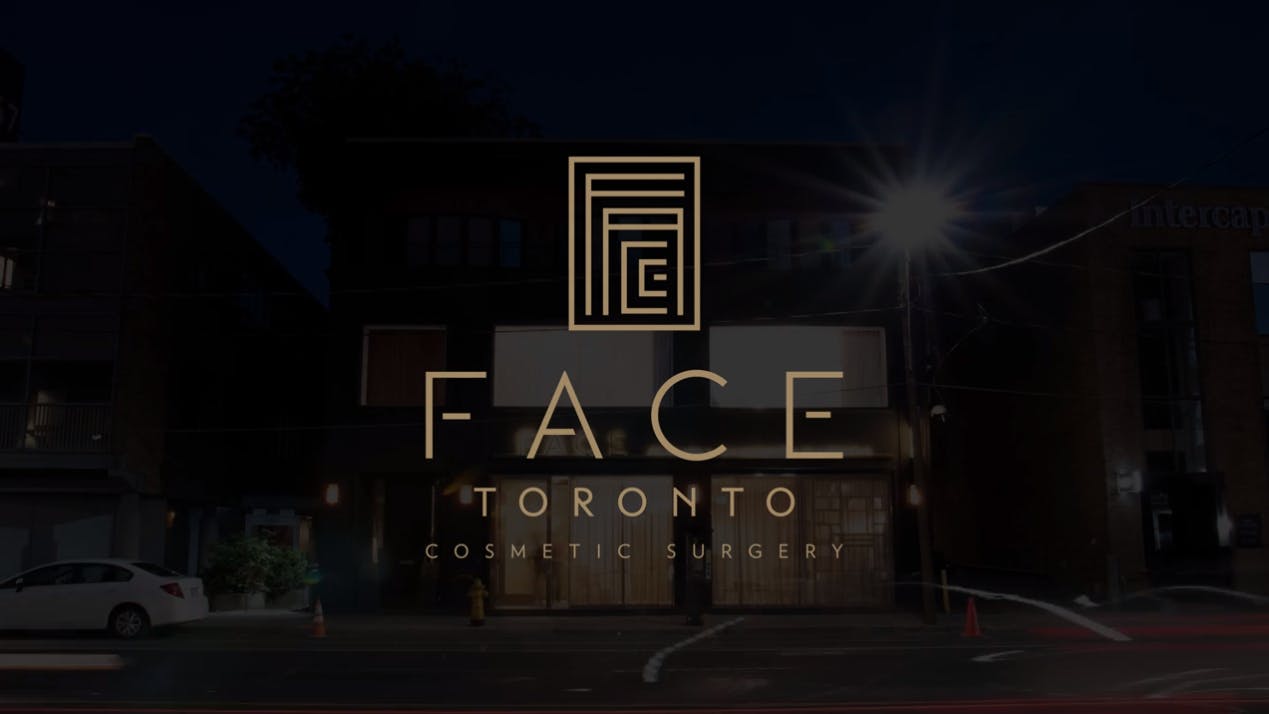Hair transplantation is a permanent solution for hair loss. The treatment is done right in Dr. Asaria’s office and is completed in a single day. While the procedure is relatively simple and requires a qualified surgeon to be performed properly, natural and beautiful results require the skill and deft hands of an artist. It is in these two avenues, technical skill and artistry, that Dr. Asaria excels.
What are the 7 stages of male hair loss?
Most men don’t realize they’re suffering from baldness until it’s too late. However, the sooner you discover that you’re experiencing baldness, the sooner you can take remedial actions to preserve your hair. The best way to identify male hair loss at its initial stages is to familiarize yourself with the 7 stages of male hair loss.
The Norwood scale (or Hamilton-Norwood scale) is the standardized measurement for the stages of male hair loss. Men experience hair loss in one of several easily identified patterns, and the Norwood scale provides easy identification markers for each stage. While there are several classifications for male hair loss, the Norwood is one of the most popular and understandable.
The following are the 7 stages of male hair loss.
- Stage 1: No noticeable hair loss or hairline recession, with the hair slightly thinning around the temples.
- Stage 2: The hair starts thinning around the temples and forehead gradually. Your forehead appears wider, and your temples are prominent. You might notice an M-shaped hairline when you pull back your hair.
- Stage 3: Most men start noticing balding at this stage. The hairline recedes deeper as your forehead widens even more. You’ll notice a prominent M-, U-, or V-shaped hairline with bald spots in different areas. The hair at the top of the scalp will be especially thin and sparse.
- Stage 4: The bald spots at the back of your head become extremely evident and difficult to hide. At this stage, complete baldness might be inevitable.
- Stage 5: You notice a horseshoe-shaped or U-shaped hairline due to extreme recession. Hair loss becomes increasingly difficult to treat at this stage.
- Stage 6: You have thin and wispy hair follicles on your head with extremely visible and wide bald spots. You also start losing hair from the sides of your head.
- Stage 7: You’ve lost most of your hair, with only a small patch of hair growing on either side of the head.
If you identify with any of the stages on the Norwood scale mentioned above, please consult Dr. Asaria to discuss your hair loss treatment options.




